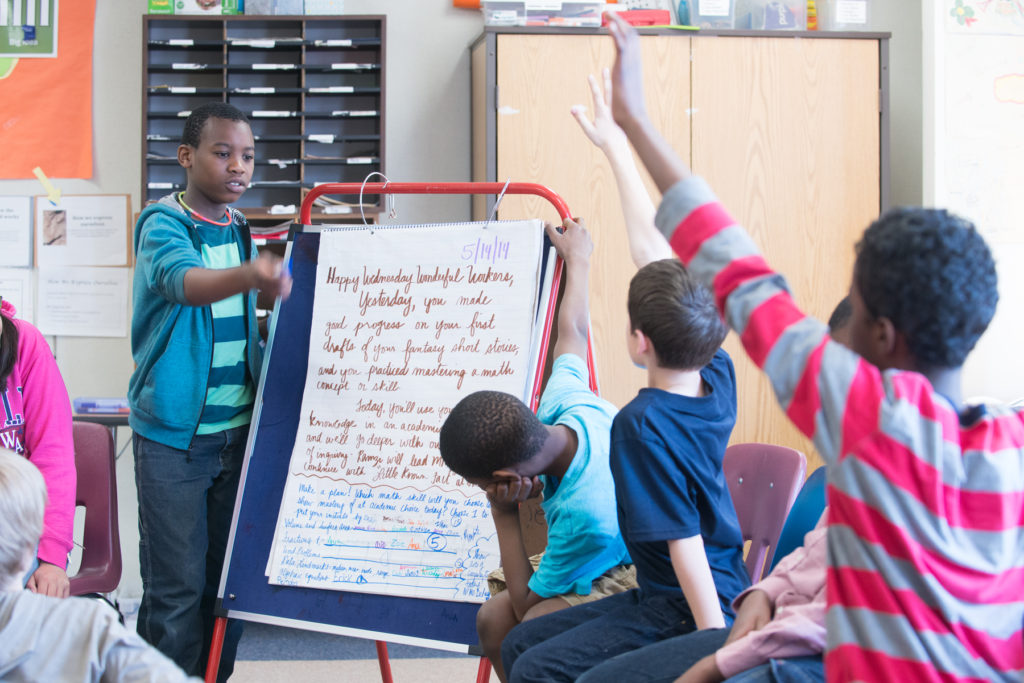
Morning messages—the final component of Morning Meeting—can be a powerful tool for reinforcing academic vocabulary. By including key terms in the daily message, teachers give students repeated exposure to words in meaningful contexts, helping them retain new vocabulary, deepen comprehension, and make cross-curricular connections. A message can remind students of words they have recently learned, preview vocabulary they will encounter during the day, or integrate terms from multiple subject areas to show how learning connects across disciplines.
Morning messages are an ideal place to weave in content-specific words. For example, a science message might use “evaporation” or “habitat” in a sentence related to the day’s activities. A math message could incorporate “parallel” or “estimate” in the daily question. When students read and respond to the message, they see the words in action and begin to use them naturally in conversation and writing.
Repeatedly seeing and using vocabulary strengthens memory and understanding. Because the morning message is interactive, students not only read the words but also think about their meaning as they respond. This daily encounter with academic vocabulary supports long-term retention and gives students confidence in applying the terms to new learning situations.
preK-2:
3th-4th grade:
5th grade and up:
Including vocabulary from multiple subjects in the same message helps students see links between areas of study. A message might pair a science term with a literacy skill (“Use photosynthesis in a complete sentence”) or connect math vocabulary to a real-world event. This practice reinforces that learning is interconnected and encourages students to transfer knowledge across contexts.
Morning messages can also support students as they develop the social and emotional skills that guide effective communication. When teachers introduce Fly Five vocabulary during this daily routine, students encounter language that helps them understand their own feelings, consider the perspectives of others, and respond with care and confidence. For example, a message that invites students to think about what it means to be an active listener prompts students to recall a moment when they practiced active listening or to share why this skill supports their learning.
Including SEL terms alongside academic content invites students to think about how learning connects to their relationships, decision-making, and sense of responsibility. These brief written interactions encourage students to read with intention, reflect on meaning, and use language that strengthens both literacy and social awareness. As students practice this kind of integrated vocabulary work each morning, they build habits that support thoughtful participation and a more connected classroom community.
For more ideas on how to incorporate rich academic learning into Morning Meeting, see the Morning Meeting section of our bookstore, especially our Doing Academics in Morning Meeting series: